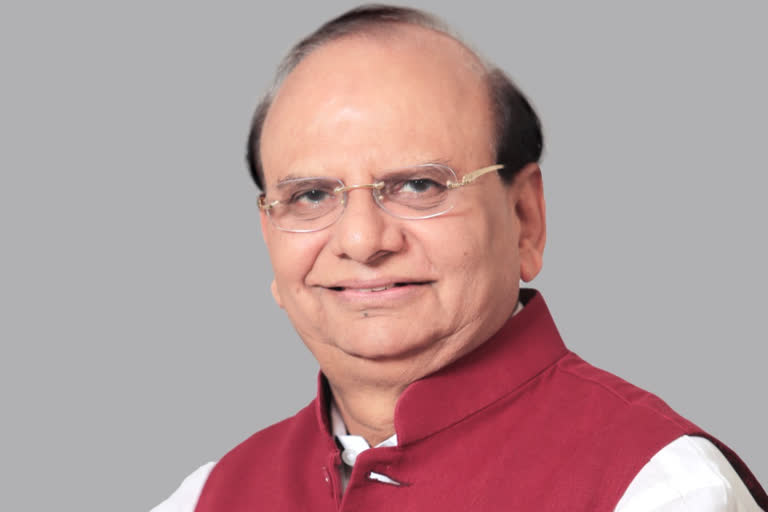New Delhi: Lieutenant Governor V K Saxena, who heads the NGT-appointed high-level committee to clean the Yamuna, has directed officials to ensure minimum environmental flow in the Delhi stretch of the river through inter-state coordination, his office said on Saturday. Ensuring environmental flow or e-flow in the river is among the eight parameters of a time-bound action plan agreed upon at the first meeting of the panel on Friday.
E-flow is the minimum quantity of water flow that a river must have in order to preserve its ecosystems and meet bathing standards. Multiple reports submitted by the Delhi Pollution Control Committee (DPCC) to the Union Jal Shakti Ministry have highlighted that the river cannot become fit for bathing in the absence of a minimum environment flow.
A study conducted by the National Institute of Hydrology, Roorkee, had in 2019 recommended that 23 cubic metre per second (cumec) water (437 million gallons a day) be released in the river from the Hathnikund Barrage in Haryana's Yamuna Nagar district in the lean season for sustaining downstream ecosystems.
At present, only 10 cumec (190 MGD) water is released from the barrage. A gap of 13 cumec (247 MGD) remains. According to the ministry, the water sharing agreement of 1994 among the riparian states of Uttarakhand, Himachal Pradesh, Uttar Pradesh, Haryana, Rajasthan and Delhi is due for revision only in 2025.
According to the DPCC, an e-flow of 23 cumecs will bring down the level of biological oxygen demand from 25 milligram per litre to 12 milligram per litre and other steps being taken will bring it down further. BOD, an important parameter for assessing water quality, is the amount of oxygen required by aerobic microorganisms to decompose organic material present in a water body. A BOD level less than 3 milligram per litre is considered good.
At its meeting on Friday, the committee agreed on a six-month action plan on eight parameters, including augmenting sewage treatment, trapping and cleaning of drains, sewage network in unauthorised colonies and jhuggi-jhopri clusters, septage and restoration of the river floodplains.
Saxena told officers that the task at hand is difficult but achievable and exhorted them to ensure the implementation of the decisions in a mission mode, without extending committed timelines.
Setting up the committee earlier this month, the NGT had observed that substantial work remains unexecuted and there is still a huge gap between the generation of sewage and available treatment facilities. It said the earlier directions of the tribunal regarding pollution in the river were not complied with.
The other members of the committee include the Delhi chief secretary, secretaries of the Delhi irrigation, forest and environment, agriculture, and finance departments, secretaries of the Union agriculture, environment and Jal Shakti ministries, the Central Pollution Control Board chairman, and the National Mission for Clean Ganga director general.
The committee has been asked to submit its first report to the tribunal before January 31. The 22-kilometre stretch of the river between Wazirabad and Okhla in Delhi, which is less than two percent of the river length, accounts for around 80 per cent of its pollution load. Untapped wastewater from unauthorised colonies and jhuggi-jhopri clusters, and poor quality of treated wastewater discharged from sewage treatment plants (STPs) and common effluent treatment plants (CETPs) are the main reasons behind high levels of pollution in the river.
The Delhi government has promised to clean the Yamuna to bathing standards by February 2025. The river can be considered fit for bathing if BOD is less than 3 milligram per litre and dissolved oxygen is greater than 5 milligram per litre. (PTI)



